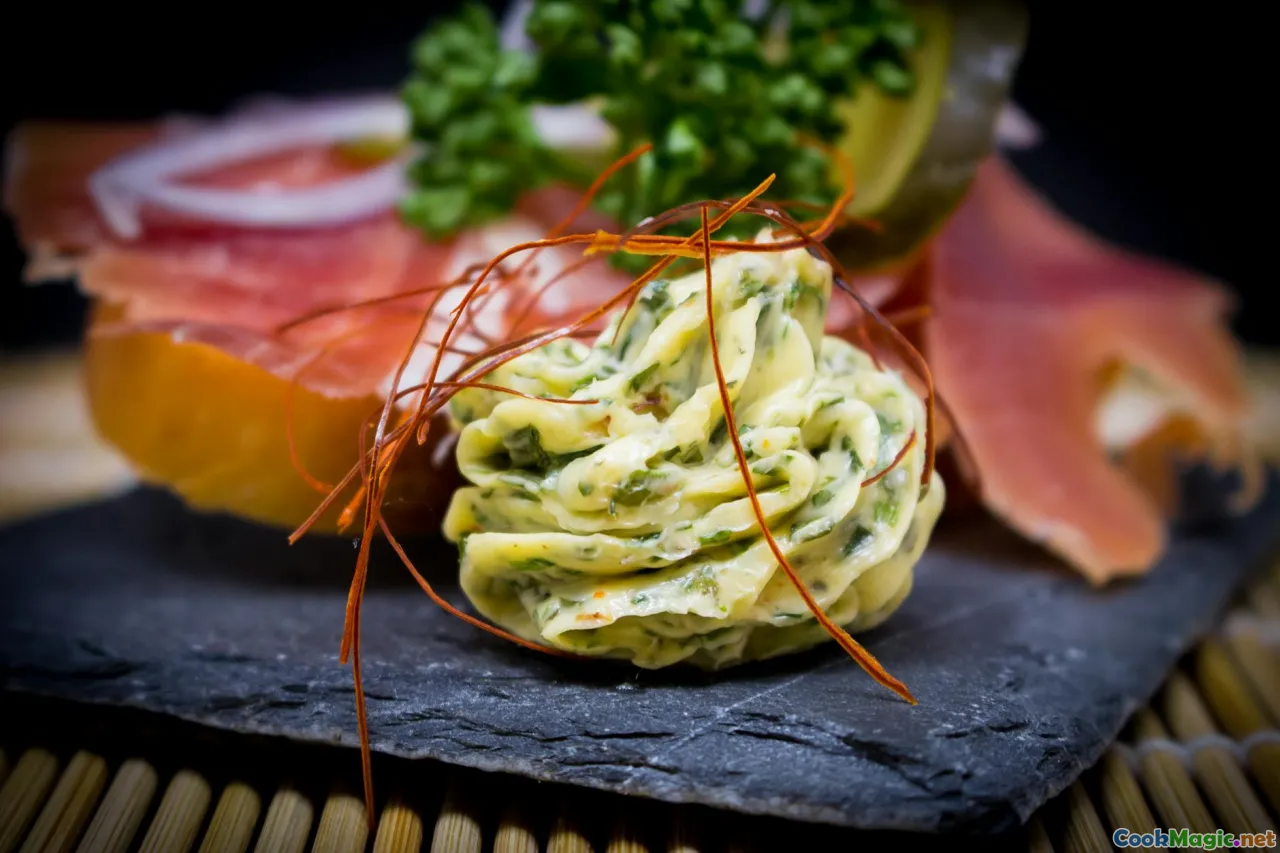Innovative Ingredients for Creative Culinary Blends
7 min read Discover groundbreaking ingredients that inspire bold, creative culinary blends, transforming traditional dishes into extraordinary fusion experiences. April 26, 2025 21:55
Innovative Ingredients for Creative Culinary Blends
Imagine walking through a bustling food market in Bangkok, a fragrant spice stall in Marrakech, or a vibrant street food corner in Mexico City. Each location offers a sensory overload—aromatic spices, bright colors, and unfamiliar textures that beckon the adventurous eater. Now, imagine transforming these raw, cultural treasures into your own culinary masterpieces by integrating innovative ingredients that challenge the conventional, ignite curiosity, and elevate your culinary artistry.
The Art of Fusion: A Brief History
Fusion cuisine isn’t just a modern trend; it’s a reflection of our interconnected world. Historically, trade routes like the Silk Road and the Spice Route facilitated the exchange of ingredients, spices, and culinary techniques across continents. These exchanges laid the groundwork for bold flavor combinations we now consider innovative. Today, chefs and home cooks alike are pushing boundaries further, blending ingredients from diverse cultures to create dishes that are both familiar and startlingly new.
Why Use Innovative Ingredients?
In a culinary landscape saturated with familiarity, innovative ingredients serve as catalysts for creativity. They allow chefs to craft unique flavor profiles, texture contrasts, and visual appeal. Using novel ingredients can evoke emotional responses—nostalgia, excitement, curiosity—and create memorable dining experiences. Plus, they push the boundaries of traditional dishes, offering opportunities to reinterpret classics or invent entirely new ones.
Exploring Cutting-Edge Ingredients for Creative Blends
1. Fermented and Cultured Ingredients
Fermentation is an ancient preservation method that unlocks complex flavors and probiotics. Today, innovative fermentations include:
- Kombucha-Infused Oils: Adding tangy kombucha to oils creates a subtle sour note that pairs beautifully with grilled vegetables or seafood.
- Fermented Fruits and Vegetables: Think fermented mango or kimchi-style carrots—bright, tangy, and full of umami.
- Natto and Miso Variations: Beyond traditional soy, experimenting with different beans and grains introduces new depth.
2. Unusual Proteins
While chicken, beef, and pork dominate, innovative cuisines are embracing:
- Insect Proteins: Cricket flour and mealworm protein are sustainable, high in protein, and possess a nutty flavor. Imagine cricket flour pancakes or insect-based protein bars.
- Seaweed and Algae: Beyond nori, explore spirulina, kelp, or wakame in smoothies, pasta, or as seasoning.
- Plant-Based 'Meats': Jackfruit, heart of palm, and mushroom blends mimic meat textures with unique flavors.
3. Exotic Fruits and Vegetables
Fruits like dragon fruit, lucuma, or passion fruit can add vibrant colors and surprising flavors:
- Dragon Fruit: Its mildly sweet, crunchy flesh lends itself to salsas, smoothies, or even savory salads.
- Oca and Sunchokes: Root vegetables with nutty, sweet, and earthy notes, perfect for roasting or purée.
- Yardlong Beans: Crunchy and tender, ideal in stir-fries or salads.
4. Rare and Wild Spices
Spices are the soul of culinary innovation. Consider:
- Sumac: A tangy, lemony Middle Eastern spice that brightens dishes.
- Ajwain Seeds: Similar to thyme but with a distinctive thyme-anise aroma, perfect for bread or dips.
- Szechuan Peppercorns: Not true pepper but imparting a numbing, citrusy sensation.
- Grains of Paradise: West African spice with peppery, citrus notes.
5. Novel Grains and Legumes
Moving beyond rice and wheat:
- Fonio: An ancient West African grain with a nutty flavor, great in pilafs.
- Teff: Tiny Ethiopian grain, perfect for gluten-free baking.
- Lupini Beans: Bitter until soaked and processed, they offer a chewy texture and nutty flavor.
6. Edible Flowers and Botanicals
Add visual allure and delicate flavors:
- Borage Flowers: Cucumber-like taste, great in salads.
- Violet and Rose Petals: Fragrant and colorful, ideal for desserts.
- Hibiscus: Tart flavor, excellent in teas and syrups.
Practical Tips for Incorporating Innovative Ingredients
- Start Small: Introduce one new ingredient at a time to understand its flavor profile and pairing potential.
- Balance Flavors: Pair bold ingredients with complementary or neutral elements to avoid overwhelming the palate.
- Experiment with Textures: Combine crunchy, chewy, and creamy components for multi-dimensional dishes.
- Visual Appeal: Use vibrant colors and interesting shapes to entice the eye.
- Source Ethically and Sustainably: Seek out reputable suppliers who prioritize sustainable practices.
Personal Reflections and Creative Inspirations
My culinary journey has been greatly enriched by experimenting with these ingredients. I recall a fusion dish inspired by my travels—spicy kimchi made with fermented mango and served alongside crispy cricket flour tortillas. The tangy, umami-rich kimchi paired with the earthy, nutty tortillas created an explosion of flavors and textures that delighted my senses.
Another memorable experience involved creating a dessert using lucuma—a rare Peruvian fruit with a caramel-like sweetness—blended into a rich, dairy-free ice cream. The result was a silky, golden treat that transported me to the Andes with every spoonful.
These experiences underscore the beauty of culinary innovation: it’s about embracing curiosity, respecting tradition, and daring to dream beyond conventional boundaries.
Final Thoughts
In a world where culinary borders are dissolving, innovative ingredients are the passport to uncharted flavor territories. They empower chefs and home cooks to craft dishes that are not only delicious but also storytelling canvases reflecting cultural exchange, personal creativity, and culinary daring. So, gather your ingredients—whether familiar or foreign—and let your taste buds lead the way into a new era of fusion cuisine. The possibilities are endless, and the only rule is to keep exploring.
Happy blending!









